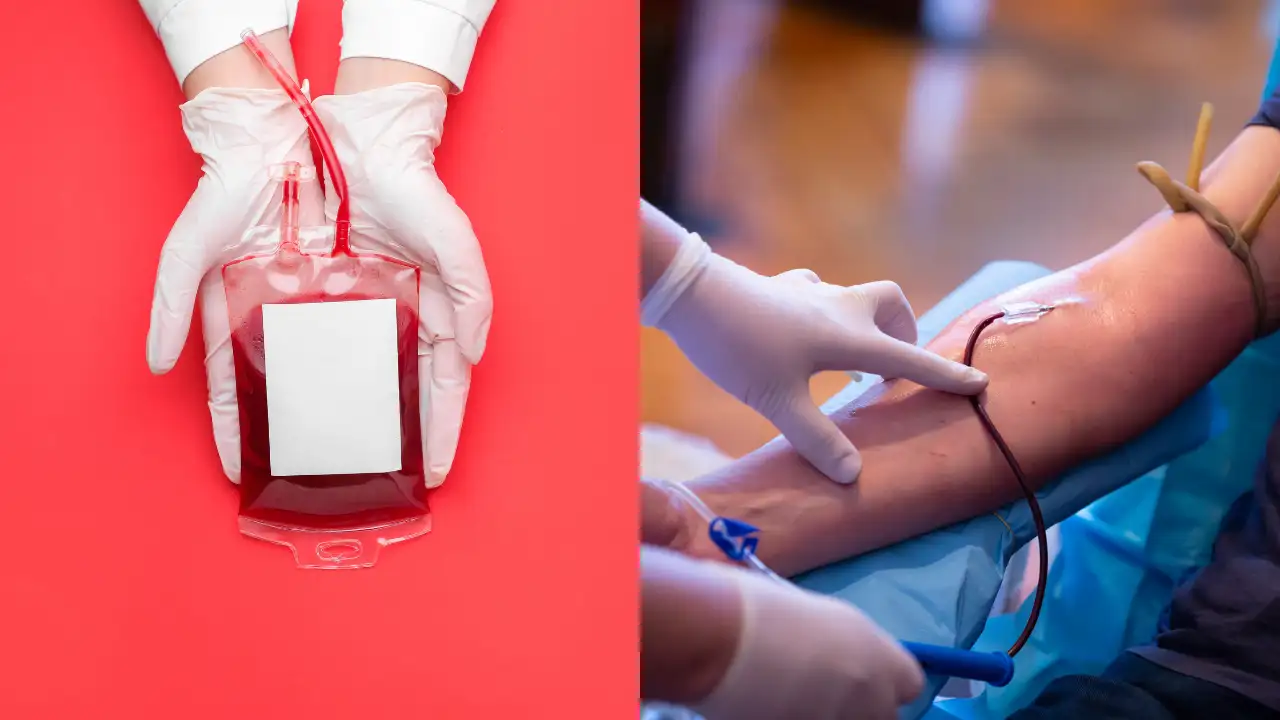Every time someone donates blood, it sets off a highly coordinated and medically regulated process designed to ensure the safety of both the donor and the recipient. For World Blood Donor Day, observed every year on June 14, we turned to an expert to understand the blood donation process in detail—from the moment blood is collected to the point it is transfused into someone in need. It sure is a rigorous sequence of checks, tests, and procedures. Read on...
According to Dr Rachana Shamrao Pawar, in charge of the Blood Centre at K J Somaiya Hospital and Research Centre, this journey is governed by strict guidelines to maintain quality, sterility, and life-saving compatibility — and it is far more complex than most people realise.
Step 1: Donor Screening and Medical Evaluation
Contrary to what movies would have you believe, not everyone gets to donate blood just by showing up with good intentions. "The donor selection process is the first and most crucial step," says Dr Pawar. This involves a thorough physical examination and a deep dive into your medical history, conducted by qualified medical professionals. Governed by the very official-sounding Drugs and Cosmetics Act, this pre-donation ritual ensures that only healthy, eligible humans make the cut, safeguarding both your well-being and the quality of the blood you are about to donate.
Step 2: Safe and Sterile Blood Collection
Once you are deemed donation-worthy, your blood is collected in a sterile, single-use bag. Dr Pawar explains, "This process is carried out by trained professionals who ensure complete sterility and donor comfort."
Step 3: Laboratory Testing and Disease Screening
The real challenge begins now. First, the blood is grouped into its ABO and Rh type. Then, it is put through Transfusion Transmitted Disease testing (TTD), which screens for the blood’s darker secrets: malaria, syphilis, hepatitis B and C, and HIV. “These tests are essential to prevent transmission of infections during transfusion,” Dr Pawar says.
Step 4: Crossmatching and Compatibility Checks
“Also called compatibility testing, this step involves testing the donor’s blood with the patient’s serum to check for any antigen-antibody reaction,” Dr Pawar explains.
Step 5: Emergency Use of O Negative Blood
In dire situations, O negative blood steps up as the reliable one. “O negative is considered the universal donor for red blood cells and is used in emergencies when crossmatching cannot be done in time,” says Dr Pawar. It does not discriminate and does not demand compatibility reports; it just saves lives.
